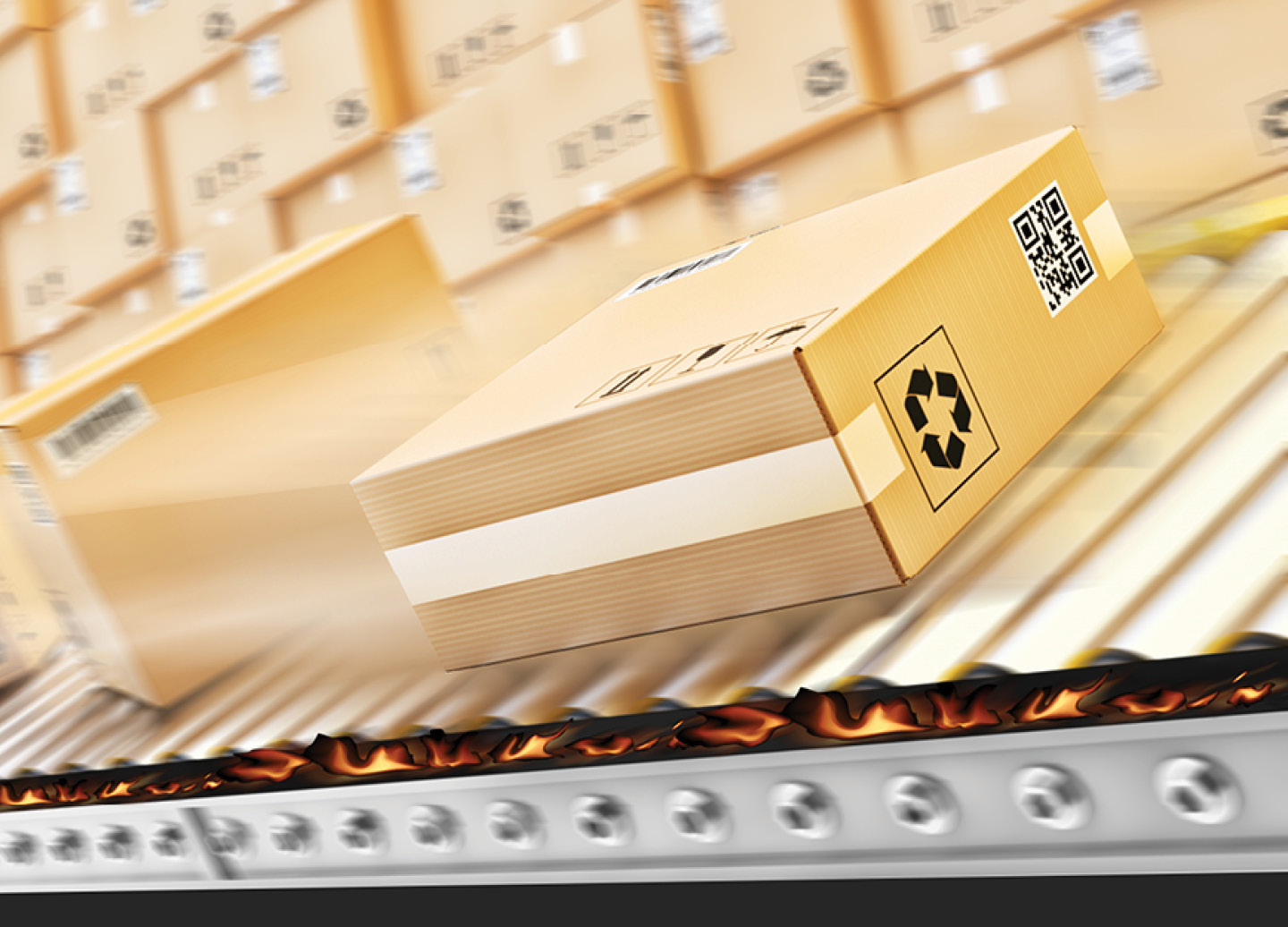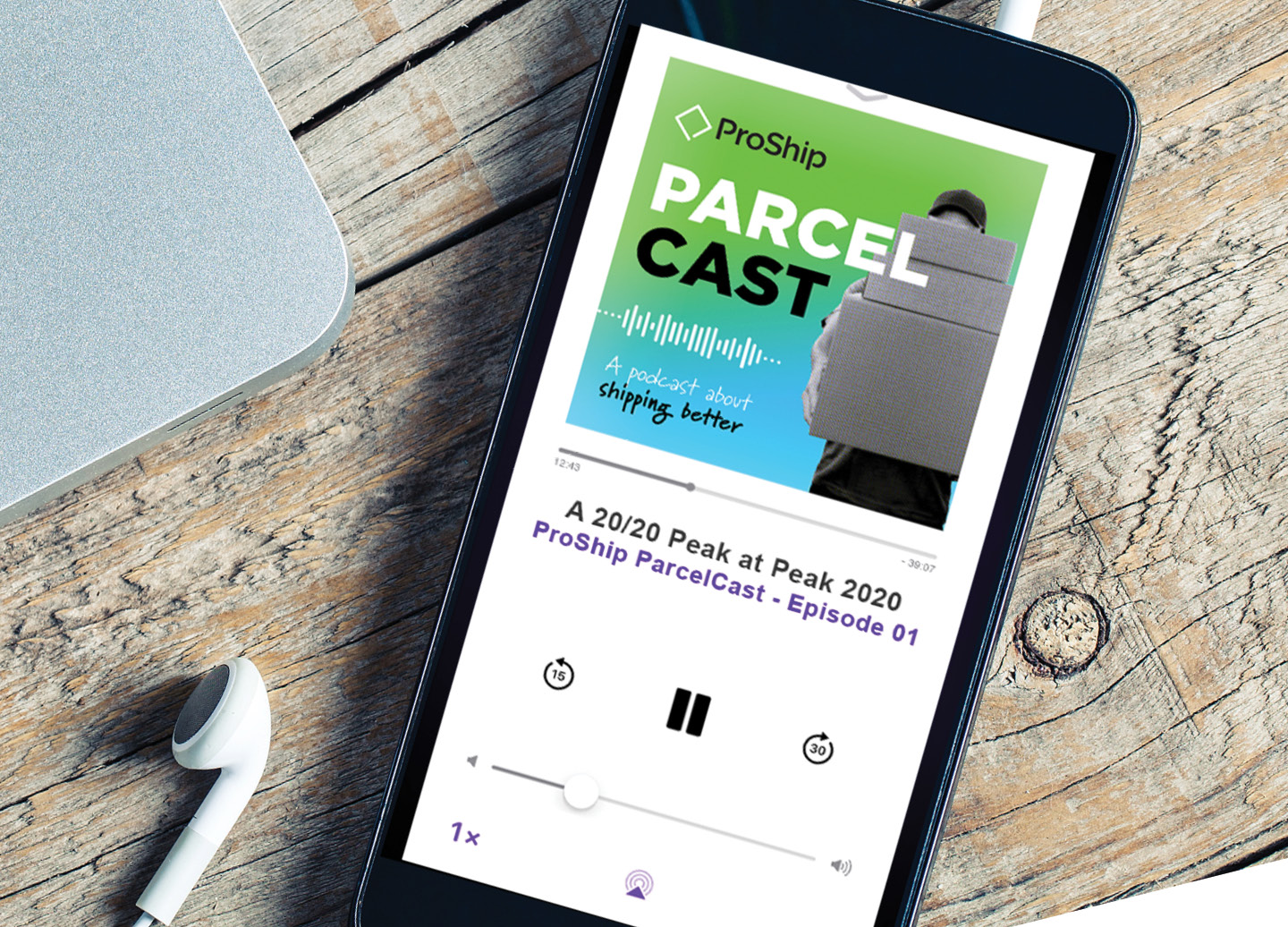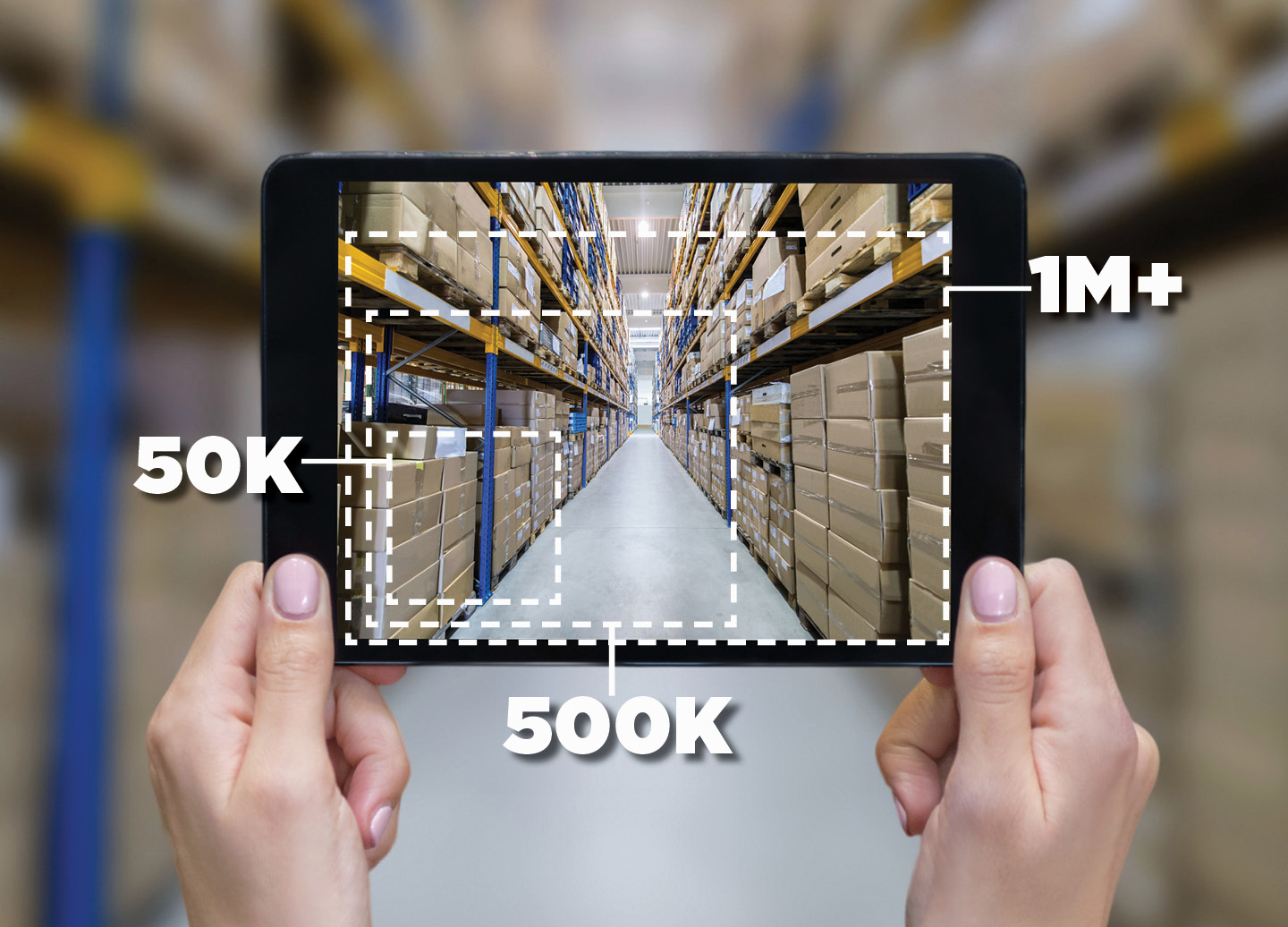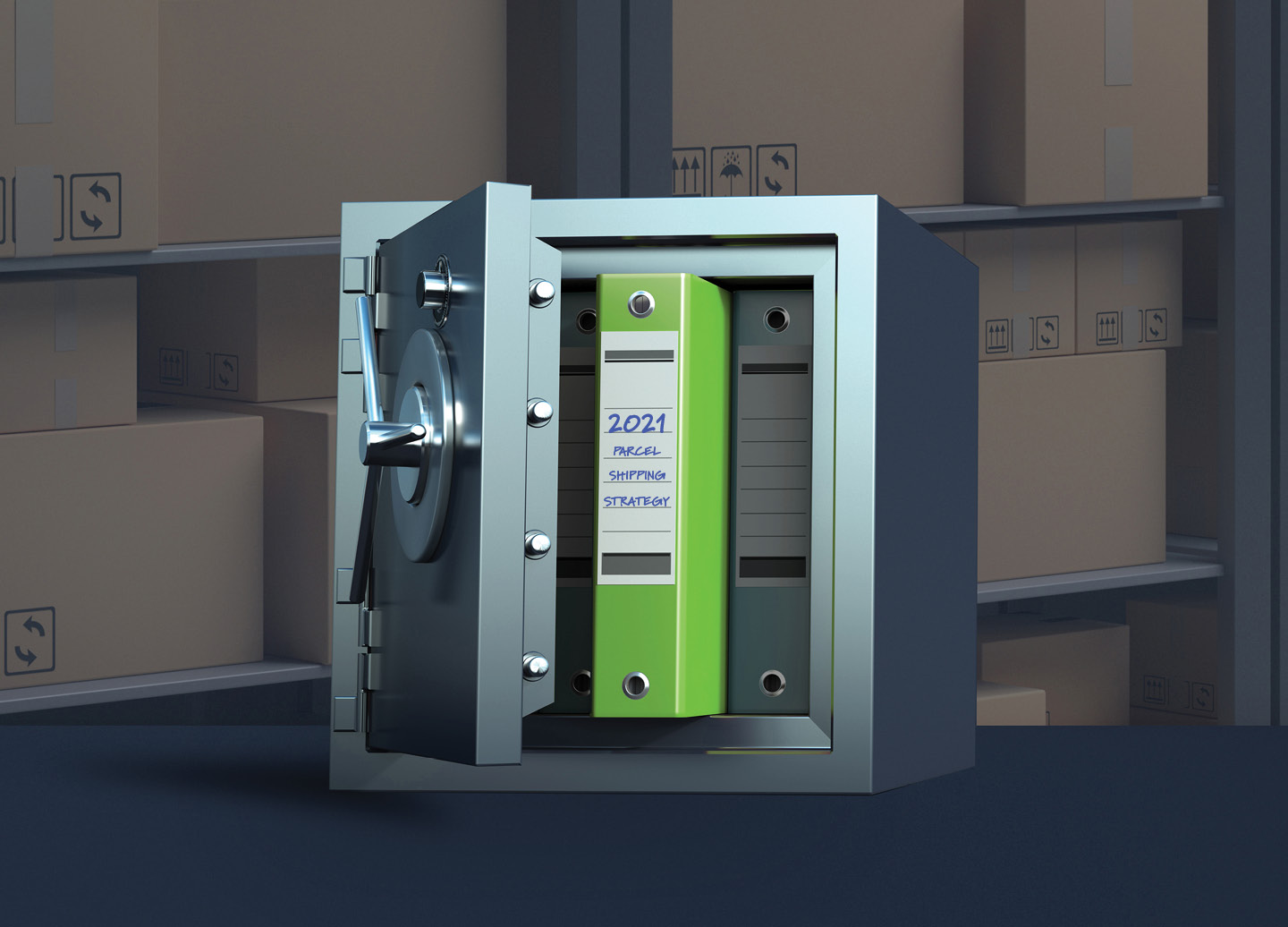Retailers and DTC manufacturers are flocking to 3PLs for fulfillment help — here’s what you need to know
Business was booming for third-party logistics (3PL) providers even before this year began. Driven largely by exploding e-commerce growth and globalization, in 2019 the global 3PL market was estimated to reach $1.3 trillion by 2024, translating to a CAGR (compound annual growth rate) of 9% even before the pandemic hit.
And it’s not just e-commerce merchants and retailers who have been jumping on the bandwagon. If you’re a manufacturer who has recently realized the importance of having a DTC strategy, then your organization may also be considering partnering with a 3PL provider.
Shipping DTC may make excellent sense for your organization. But if logistics isn’t your core competency or competitive advantage (and it doesn’t make sense for you to try to make it one), you may be seriously considering partnering with a 3PL provider.
You can outsource numerous logistics activities from product sourcing, warehousing, and distribution to freight management, order fulfillment, freight consolidation and more — with good reason.
2020’s Unique Logistics Challenges
Managing a complex supply chain is tough under normal circumstances. But maintaining profitability in a challenging business and economic environment requires flexibility and adaptability, especially since logistics is the largest single cost of online business. You may be facing some or all of these challenges.
1. Rapidly Changing Industry Landscape
E-commerce is no longer linear, and fulfillment is now omnichannel. Your customers may be ordering online, over mobile apps, over the phone, or through online marketplaces. They may want home delivery, in-store pickup or curbside pickup, and in order to be successful, all those fulfillment systems need to talk to each other.
The pandemic complicated issues even further this year, causing delays as well as labor issues. Add in delays due to weather events and we now have year-round peak season activity that has severely stressed the supply chain. The major carriers placed caps on capacity early in lockdown and also implemented pandemic surcharges which will be in effect until peak surcharges start.
Labor and workforce capacity continue to be constrained now more than ever, especially when it comes to pandemic preparedness. Who’s paying for the extra time spent cleaning and sanitizing, as well as lost production time, increased labor costs, and fuel and security surcharges?
If you already had multiple partners and integrated systems at a variety of inventory sources, you could get closer to the end customer with better delivery speed. You could bypass the bottlenecks at the major carriers’ hub-and-spoke networks. If not, your service levels have likely suffered.
Finally, peak season is rapidly approaching, and it’s starting sooner every year. As a matter of fact, depending on your industry or due to pandemic consequences, it might already be here.
2. Unprecedented Spikes in Volume
Skyrocketing e-commerce volume means that your teams and systems need to be able to handle increased throughput, and not just on a temporary basis. The new volume you’ve been experiencing is likely here to stay. While this sounds like great news for upper management, it may cause more headaches and unforeseen costs within the logistics arena.
Pre-pandemic shipping flexibility was based on relationships between the seller or 3PL and the shipper. Sellers knew the shipping routes and schedules and they knew their options. But once the pandemic hit, all that predictability was gone. Many customers who rarely used e-commerce in the past are now relying on it. They’re also expecting higher expectations, including one-, two-, or even same-day delivery, putting more pressure on the supply chain.
Success in today’s environment relies on flexibility and resilience, and the key to both is having solid underlying technology. The right 3PL partner, combined with state-of-the-art parcel shipping software, can help.
3. Manufacturers Adopting DTC Strategies
Many manufacturers who in the past relied on fulfilling bulk orders, building pallets, and shipping truckloads to big-box manufacturers are quickly realizing that approach is no longer sufficient to meet consumer expectations.
Customers want to order online and have products shipped directly to them. Manufacturers can accomplish this in many ways. They can ship direct from their own warehouses, sell through online marketplaces or add any number of options by partnering with a 3PL.
However, adding new DTC capabilities is a big step. You need to have the right knowledge, resources, and systems in place in order to make a successful transition.
ATTN 3PLs: Why Now Is the Time to Consider a Better Multi-Carrier Parcel Strategy
A positive customer experience matters now more than ever. Consumers expect to choose between delivery options that are fast and convenient, leading to the creation and growth of new services — along with the new regulations that often accompany them.
Time is of the essence for your clients to make these shifts. Some e-tailers and manufacturers can no longer afford the learning curve and expense it takes to go it alone. With supply chain technology progressing so quickly, it’s hard for any one organization to keep up. That includes greater use of robotics as well as advances in radio frequency identification and global positioning systems.
Even more necessary is enterprise parcel shipping software with greater flexibility and speed that can connect to WMS, OMS and TMS systems using pre-built integrations and outside experts. Every 3PL customer has their unique needs and expectations for integrations, business rules, functionality and expected cost savings. It’s important to find a parcel solution that is easily customizable in order to successfully onboard each client and execute on their necessary fulfillment requirements. These solutions are proving to be the only way to keep up with increasing e-commerce throughput.
How 3PLs (and their clients) succeed by implementing a multi-carrier parcel shipping solution:
- Add new fulfillment capabilities and functionality, and scale them quickly.
- Onboard carriers with ease, and help clients activate a multi-source shipping environment.
- Locate SKUs quickly and leverage more carriers, including regional or city-based shippers that can help you avoid congested hub-and-spoke centers of the major carriers, without having to directly build relationships.
- Flexibility and customization are baked in. With the right solution in place, you can easily and quickly manage dangerous goods or hazardous materials or handle huge surges in volume for clients.
- Seamlessly adapt to different packaging sizes, shipping requirements, SOPs, and business rules — right down to the order level.
- Reliably and accurately help your clients get product out the door on time in order to meet their customer promises.
- Enjoy the advantages of advanced best-cost rate shopping to cut down shipping costs.
- Readily adapt to trends and respond to disruptions at a much quicker pace, including smaller, regional events like hurricanes and derechos or large-scale events like pandemics.
- Stay compliant and compatible 24/7/365 by letting the solution navigate carrier surcharges, rate changes and other updates.
- Finally, you can help clients ramp up during the critical 6-8 week peak season and become an indispensable business partner.
All pretty compelling reasons.
Are Your Ready to Learn More About 3PL Fulfillment Strategies?
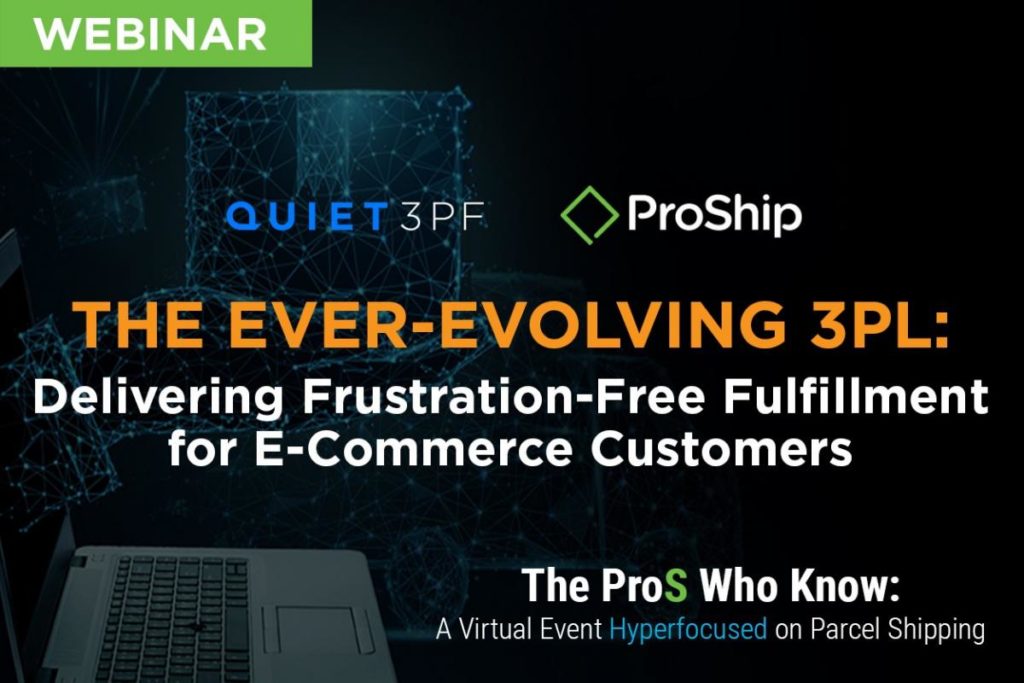
When your fulfillment strategy is decentralized, you reduce your risk and exposure, not just during next 90 days but for the next 5 years and more. That means you are building scalable capacity for the long-term, and not just reacting to today’s crisis.
If your organization is ready to take the next step, check out our On-Demand Webinar, The Ever-Evolving 3PL: Delivering Frustration-Free Fulfillment For E-commerce Customers.

 Back to Blog
Back to Blog